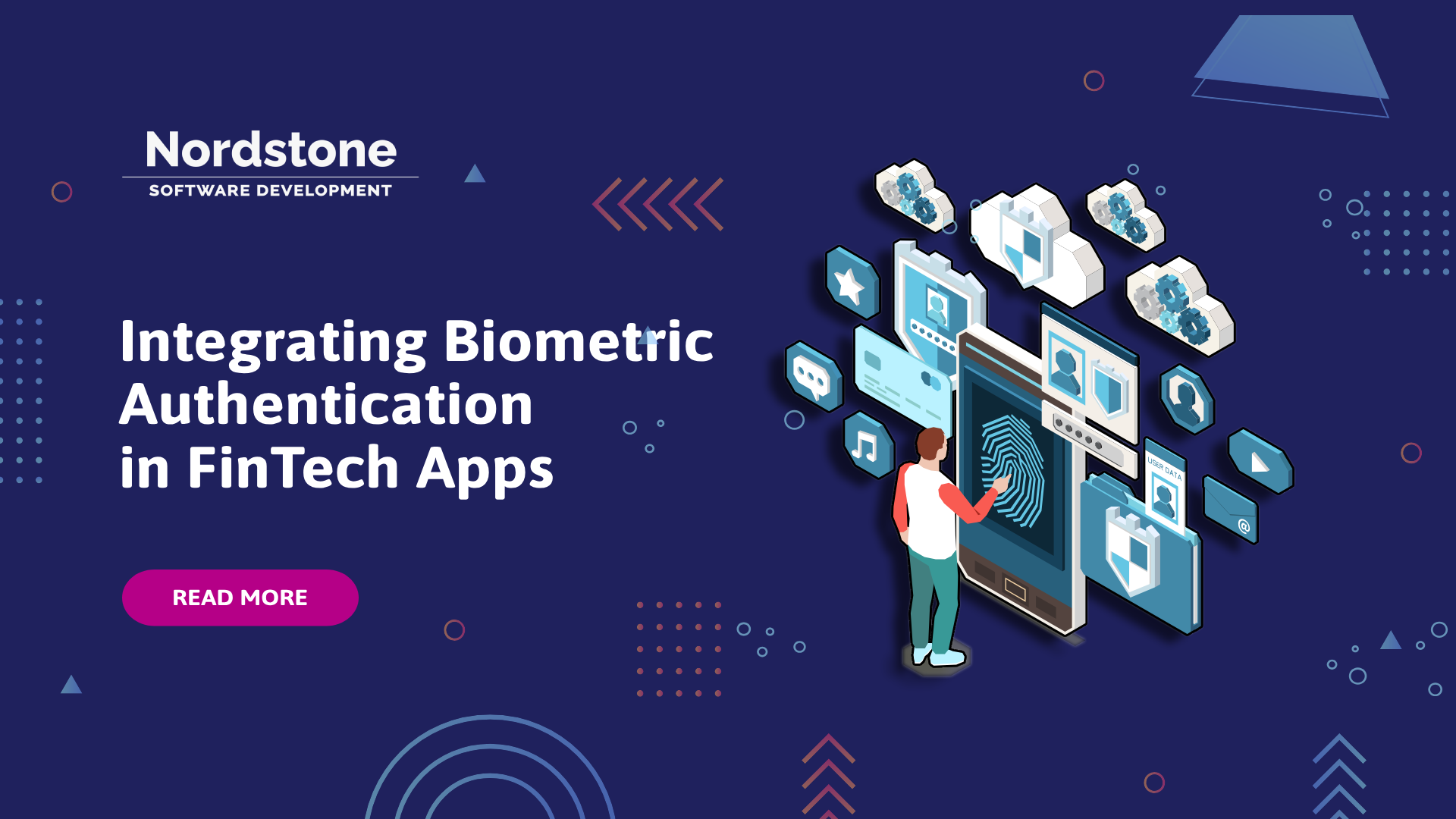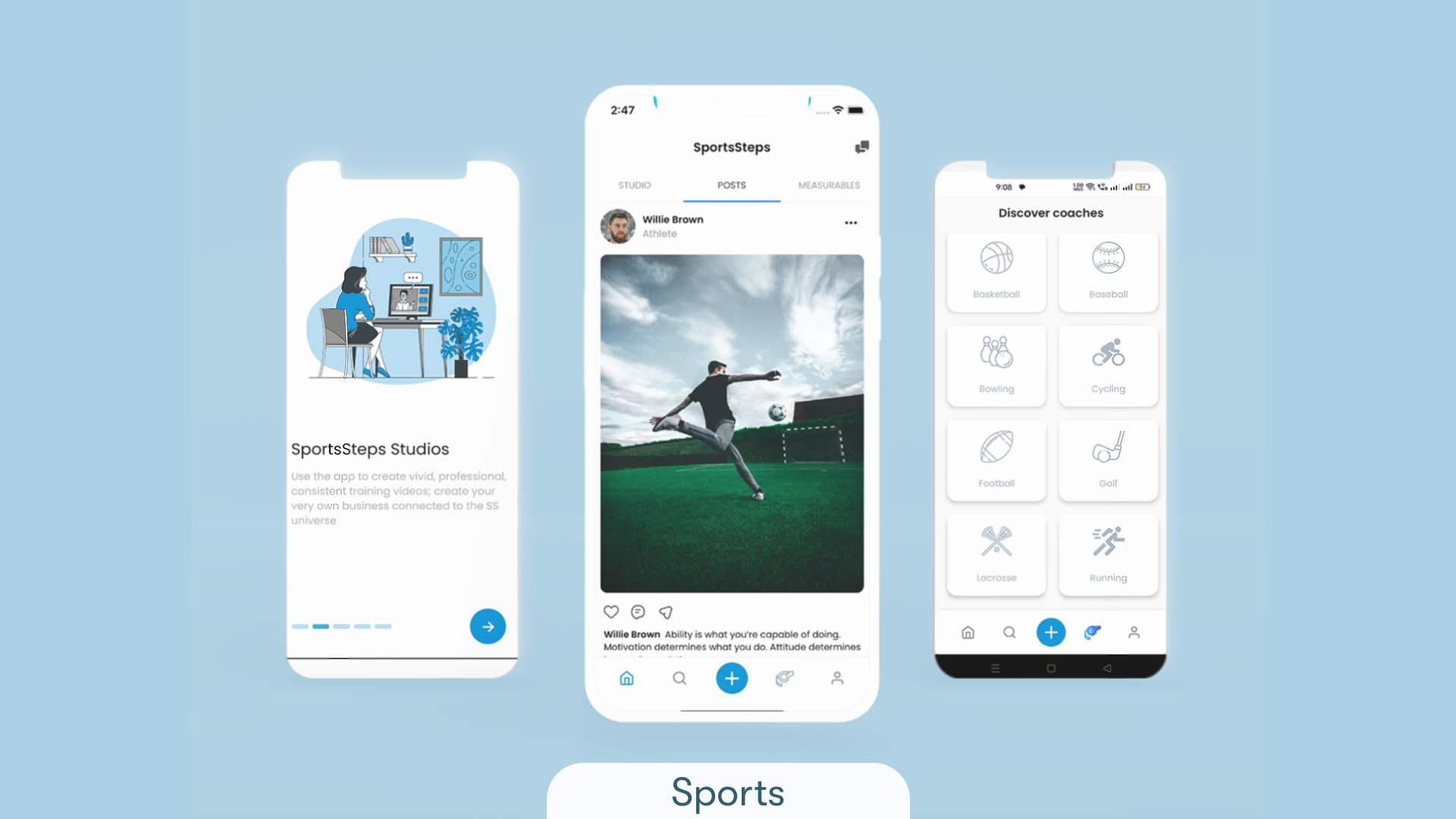February 10th, 2025 at 05:34 pm
Overview of Biometric Authentication Technologies
Biometric authentication is transforming FinTech app Developers, offering a secure, seamless, and user-friendly way to verify identities and authorize transactions. Leading FinTech companies and app developers, such as Nordstone, N26, Revolut, and Chime, are leveraging fingerprint scanning, facial recognition, and behavioral biometrics to improve security and user experience.
Fingerprint Scanning
Fingerprint authentication remains one of the most trusted and widely adopted security methods in FinTech apps due to its speed, reliability, and uniqueness.
Key benefits:
- Secure login and payment authentication without requiring PINs or passwords.
- Low risk of fraud, as each fingerprint is unique.
- Fast transactions—users can authenticate payments instantly.
Many financial apps, including PayPal, Cash App, and Robinhood, already use fingerprint-based authentication for secure transactions.
Facial Recognition
AI-powered facial recognition is gaining traction in mobile banking apps, providing hands-free authentication for users on smartphones.
Key benefits:
- Secure identity verification for onboarding new customers.
- Advanced liveness detection to prevent fraud and deepfake attacks.
- Seamless integration with mobile payment apps like Apple Pay, Google Pay, and Samsung Pay.
Leading FinTech apps such as Monzo and Revolut have integrated facial recognition for secure logins and Know Your Customer (KYC) verification.
Benefits of Biometric Authentication in FinTech
Improved Security
- Eliminates password vulnerabilities, reducing risks of phishing and credential theft.
- Enhances fraud prevention by detecting spoofing attempts using AI-driven biometric liveness detection.
- Securely stores biometric data in Trusted Execution Environments (TEE) like Apple’s Secure Enclave and Android’s TrustZone.
Enhanced User Convenience
- Instant access to accounts without typing long passwords or PINs.
- One-tap payment authentication, reducing checkout time in e-commerce and banking apps.
- Seamless user experience, as seen in biometric-powered FinTech platforms like Stripe Identity and Plaid.
Apps like Square Cash, Venmo, and Robinhood have adopted biometric authentication to offer a balance between security and ease of access.
Challenges and Considerations
Despite its advantages, biometric authentication in financial app Developers comes with challenges:
- Privacy concerns: Users worry about the security of biometric data storage.
- Regulatory compliance: FinTech apps must adhere to laws such as GDPR, PSD2, and CCPA.
- Device compatibility: Not all users have smartphones with high-end biometric sensors.
- Spoofing risks: Fraudsters may attempt to bypass biometric security using AI-generated fake images or fingerprints.
To mitigate these challenges, FinTech app developers must implement multi-layer authentication, use encrypted storage, and comply with financial security regulations.
Implementation Strategies
- Leverage native biometric APIs for secure authentication:
- iOS: Face ID, Touch ID (LocalAuthentication framework).
- Android: BiometricPrompt API for fingerprint and facial recognition.
- Combine biometrics with multi-factor authentication (MFA) to increase security.
- Encrypt biometric data and store it securely in hardware-backed security modules.
- Regular security updates to prevent vulnerabilities and adapt to new threats.
By following these strategies, FinTech companies like Nordstone, N26, and Chime are developing ultra-secure financial app Developers that combine convenience with high-level protection.
Future Trends in Biometric Security
- Behavioral Biometrics: AI-driven keystroke patterns, mouse movements, and device handling habits to detect fraud.
- Voice Recognition: Secure voice authentication for mobile banking transactions.
- Iris Scanning: Advanced biometric verification beyond fingerprints and facial recognition.
- Decentralized Biometrics: Blockchain-based biometric identity verification for enhanced privacy and security.
As biometric authentication technology continues to evolve, FinTech app Developers will move towards AI-enhanced fraud detection, blockchain-secured identity verification, and multi-modal biometrics.
Conclusion
By integrating biometric authentication in mobile banking and digital payments, FinTech companies can enhance security, prevent fraud, and improve user experience. Industry leaders such as Nordstone, Revolut, and PayPal are already leveraging biometrics to create faster, safer, and more intuitive financial applications.
As the financial sector continues to innovate, biometric authentication will remain a key feature for ensuring security and user trust in FinTech apps.
Interested in implementing biometric security for your FinTech app? Contact Nordstone today to build a secure and future-ready financial application!












